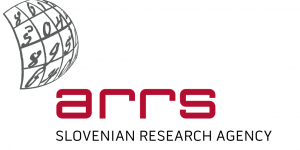ABOUT INMUS
The INMUS project sheds light on musical migration related phenomena, such as imported musical trends and innovations brought to the Slovenian Lands by immigrant musicians.


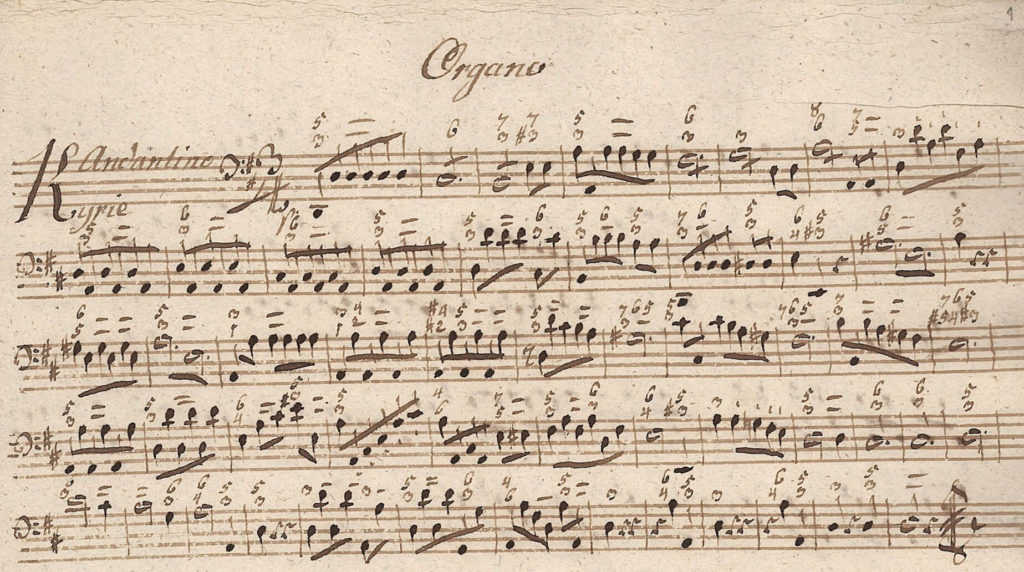
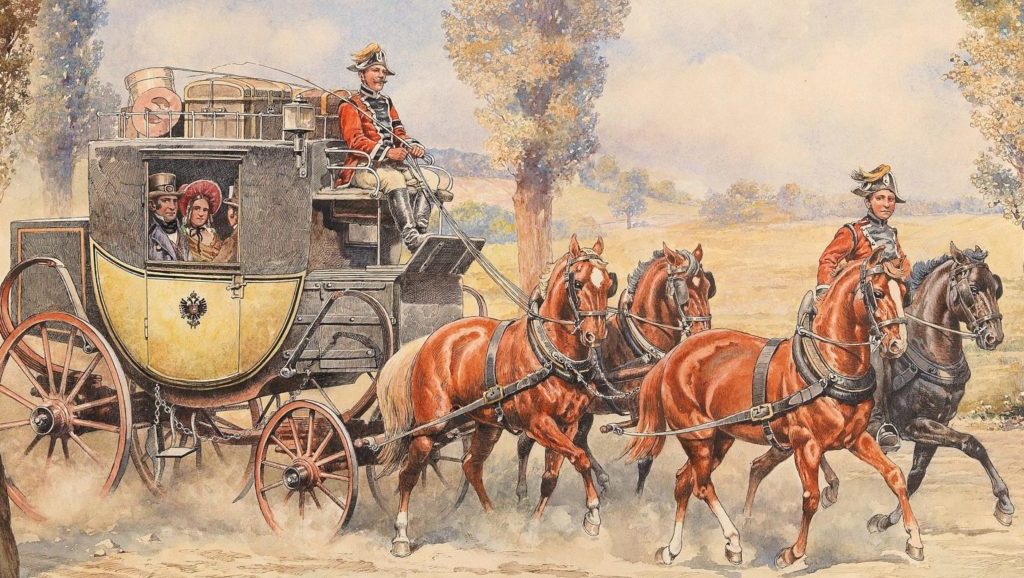
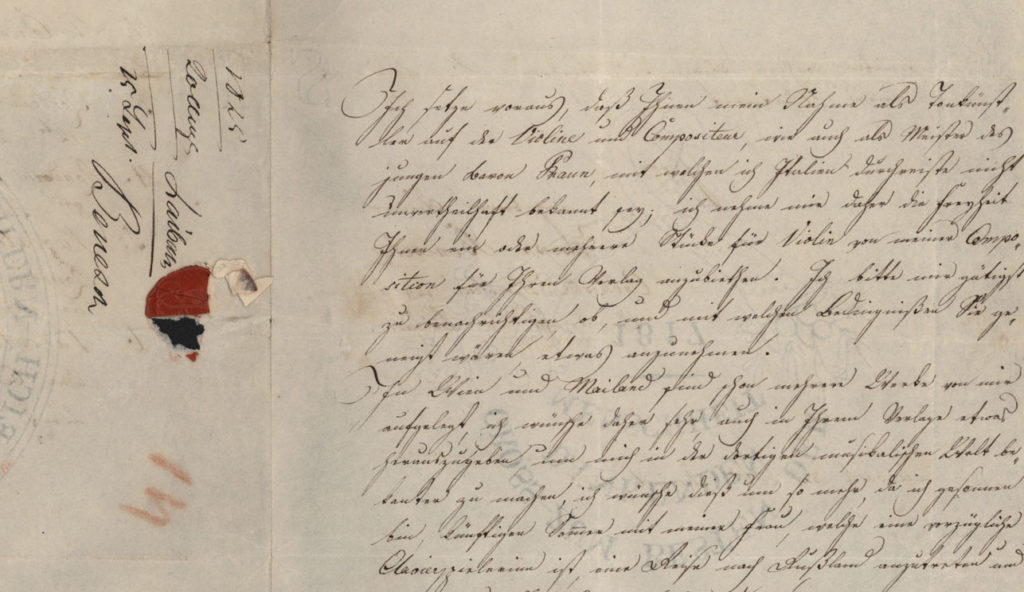
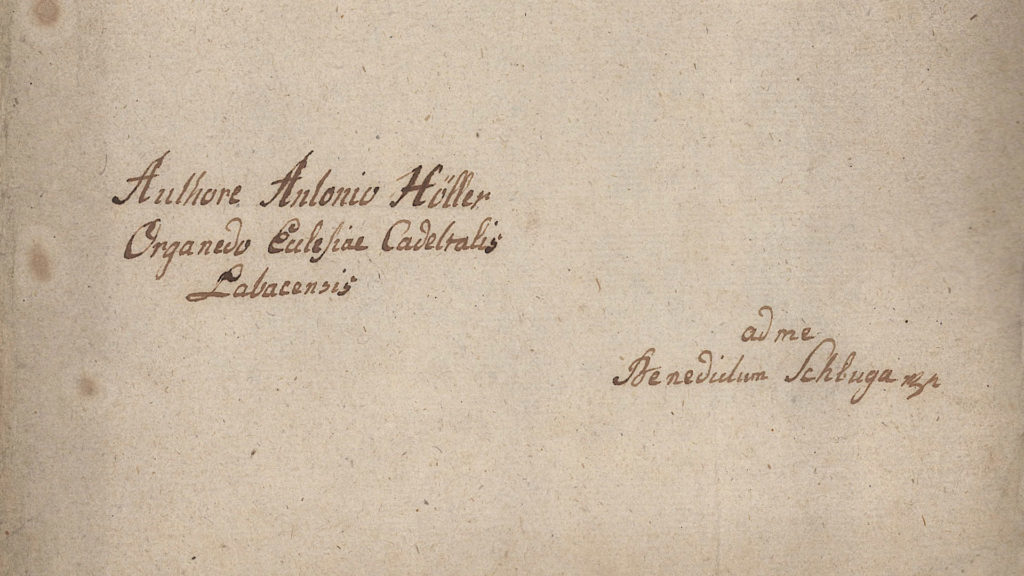

Historical background
Slovene ethnic territory has always been a transitional geographical zone that has been open to various kinds of cultural and musical migrations and encounters of different traditions. In the seventeenth and eighteenth centuries, the musical impetus came mostly from the neighboring Italian lands or else from the highly Italianized music centers in the Habsburg monarchy.
This changed roughly from the mid-eighteenth century when many proficient church musicians and instrumentalists started to come from other, non-Slovene speaking realms of the Habsburg monarchy. From the late eighteenth century until the dissolution of the Austro-Hungarian Monarchy, musicians from abroad played a key role in the development of musical culture in the Slovenian Lands. They originated predominantly from the Austrian domains and the Czech Lands. Initially, they promoted sacred music in its churches and monasteries as composers, choirmasters, organists, singers and instrumentalists. From the beginning of the nineteenth century, however, they became increasingly important in the field of secular music.
For more than a century, musicians from abroad brought contemporary repertoire to the Slovenian lands and composed numerous works in our country. They played a leading role in the development of virtuoso instrumental playing as well as in chamber, choral and symphonic music. By introducing curricula and writing musical manuals and songbooks, they also brought many important changes to musical education. They trained the first important generation of Slovenian musicians, individuals who furthered their tradition and transmitted onward a legacy of which we are still beneficiaries today.
PROJECT AIMS
The project has two main objectives. The first goal is the creation of a relational database that will collect relevant data on musicians that moved to the Slovenian Lands between 1794 and 1919 and were active within various institutions. The database will many focus on biographical data of immigrant musicians, concert performances, compositions, and sources. This will provide analytical insights, but also serve as a medium for disseminating the results in the form of visualization to a wider audience. The second goal is to examine various aspects of the “migrants” in the Slovenian Lands in the long nineteenth century based on the previously collected dataset. The results will be published as scholarly articles in the form of case studies and specific studies in various international musicological journals, as book chapters, and will also be presented at international musicological conferences. The project will also include the following socio-economic and cultural outputs: a virtual exhibition, and two concerts.
Because there have been influxes from various origins, this research across all Slovene territory will provide a comprehensive and interesting insight into the phenomenon of the immigrant musicians that tailored the musical and cultural image in Slovenia that is still evident today. This research will also have relevance in the wider European context, since musical flows and impacts came from various parts of Europe. The network of influences and migrations will be elaborated on a map of Europe, which has remained connected in its cultural essence in this respect up to the present day.
The INMUS project (2018–2022) was funded by the ARRS (Slovenian Research Agency) and led by Maruša Zupančič at the Research Centre of the Slovenian Academy of Sciences and Arts (Institute of Musicology), with a partner research group at the University of Ljubljana (Faculty of Arts).
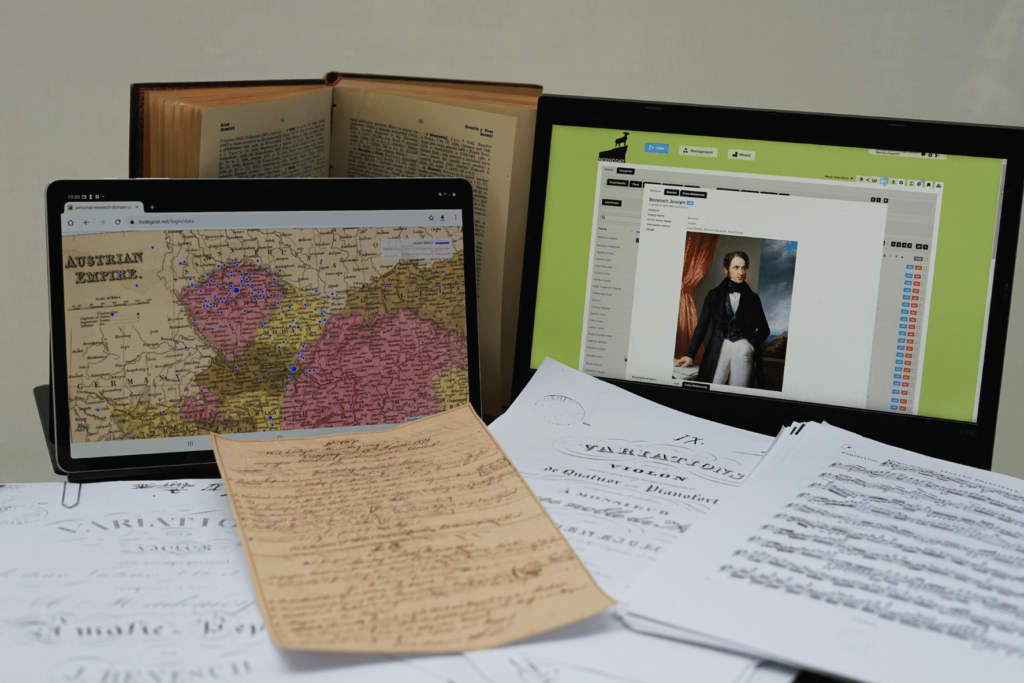
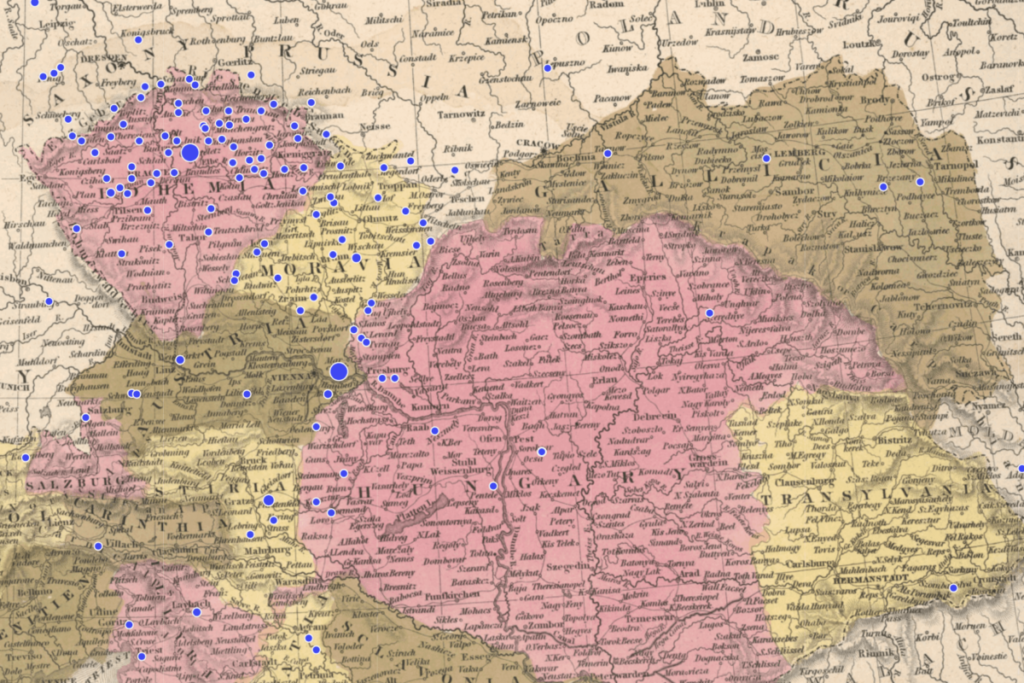
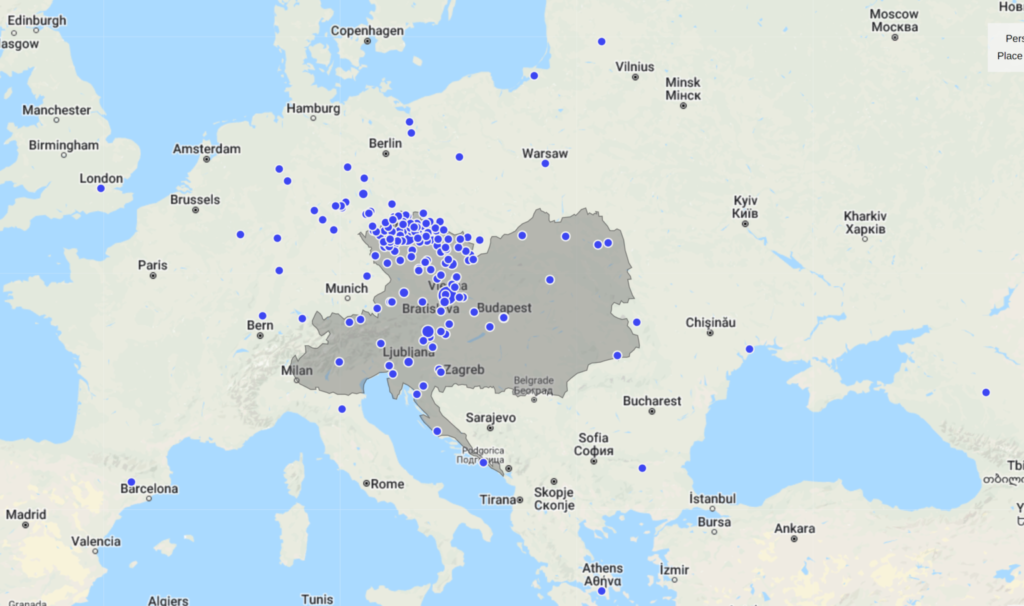


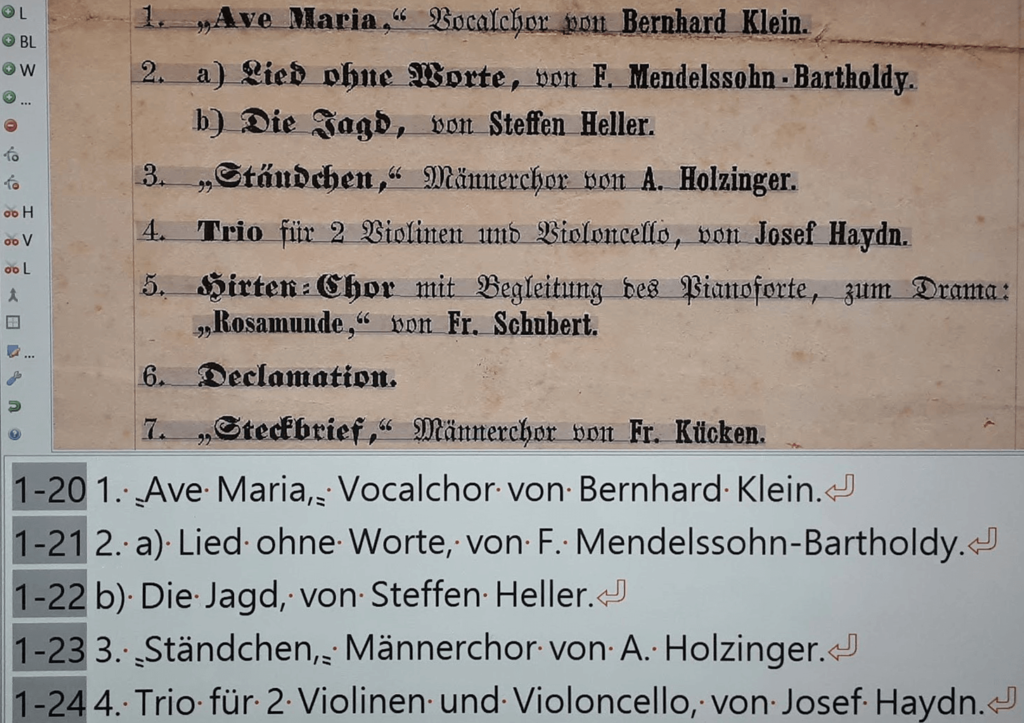
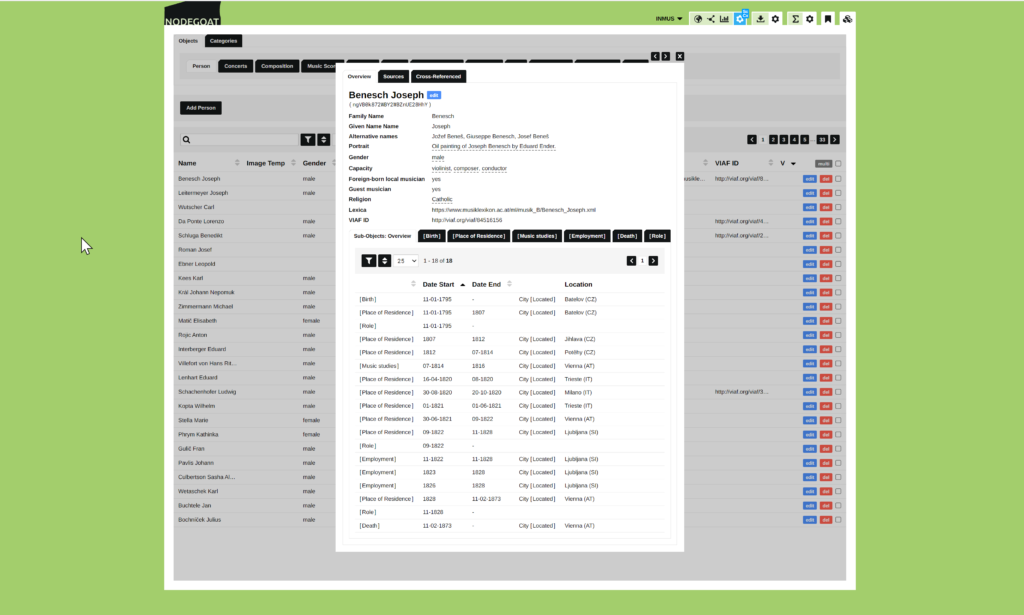
DATABASE
During the project, the team collected relevant data on immigrant musicians in the Slovenian Lands between 1794 and 1919, and divided them into three main interrelated categories: 1. Musicians, 2. Music performances, 3. Compositions. Each category was cross-referenced to sources that have been included in the database as individual entries with detailed source and location information (metadata) and hyperlinks. As a special type of source, music scores were recorded as a separate object according to RISM rules, including text incipits. The data was stored in the nodegoat web-based search environment, which allowed us to create datasets, perform in-depth analysis (through detailed filters), and create clear visualizations based on our own data model and set of specific research questions.
In addition to nodegoat, a platform Transkribus was used to transcribe numerous nineteenth-century sources contained in the database, such as concert programs and newspaper periodicals. Since most of our documents were printed in the nineteenth-century German Fraktur, we used the ONB NewsEye GT M1 + model (Austrian National Library and NewsEye project) for transcription. The model is based on training data from the collection ANNO (Austrian Newspaper Online) collection, which was also one of the main online sources for our project.

